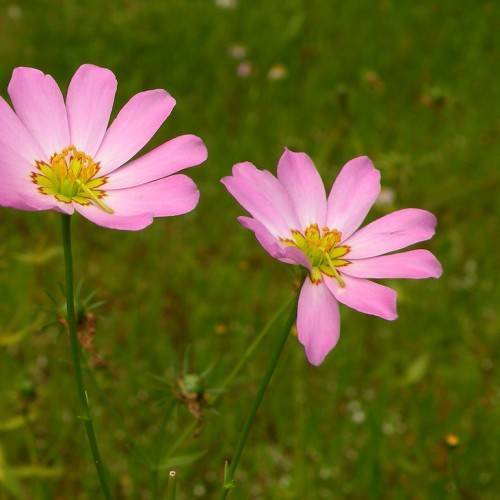
Plymouth rose gentian
Sabatia kennedyana
Cycle:
Herbaceous Perennial
Watering:
Frequent
Hardiness Zone:
6 - 9
Flowers:
Flowers
Sun:
Full sun
Leaf:
Yes
Growth Rate:
Low
Maintenance:
Low
Drought Tolerant:
Yes
Salt Tolerant:
Yes
watering
Plymouth rose gentian should be watered deeply once a week for optimal health. Water the plant until the soil is saturated and water is visible at the bottom of the pot. This will ensure that the root system of the plant gets the moisture it needs to thrive. Be sure to avoid over-watering. Plymouth rose gentians require soil that is well-drained and not overly moist, as this can cause root rot. Allow the surface of the soil to dry between watering to prevent rotting.
sunlight
Plymouth rose gentian (Sabatia kennedyana) is a native perennial wildflower that grows in sunny meadows and woodlands. The plant species prefers full sun and usually blooms in mid to late summer. An ideal planting site should guarantee 6 to 8 hours of direct sunlight during the peak growing season, which usually spans May through August. During the winter months, the plant will benefit from several hours of indirect sunlight each day during the winter. In order for the plant to thrive, it should receive at least 4 to 5 hours of sunlight every day during the warmer seasons, and some light through the windows during winter.
pruning
Plymouth rose gentian (Sabatia kennedyana) should be pruned once a year in the late fall or early spring when it is dormant. Cut off any dead, yellowing or damaged stems, as well as any spindly new growth at the base of the plant. Prune any stems that are more than 6 inches above the ground to increase air circulation around the base of the plant. Reduce the length of remaining stems by 1-third to 1-half their length. This will encourage bushy growth and more abundant flowering in the coming season.
